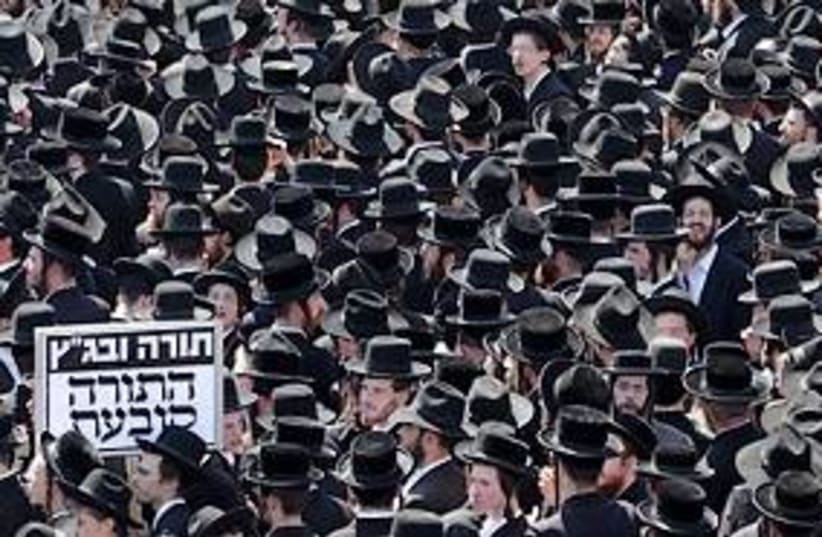The writer has engineering degrees from Stanford University and the Technion, and currently works as a translator of rabbinic Holocaust memoirs. Rabbi Ya’acov Menken, director of Project Genesis, contributed to this op-ed.
The sledgehammer approach
In imprisoning dozens of parents, High Court justices have done nothing to improve Sephardi-Ashkenazi relations. Instead of promoting peace, they advanced acrimony.

The writer has engineering degrees from Stanford University and the Technion, and currently works as a translator of rabbinic Holocaust memoirs. Rabbi Ya’acov Menken, director of Project Genesis, contributed to this op-ed.